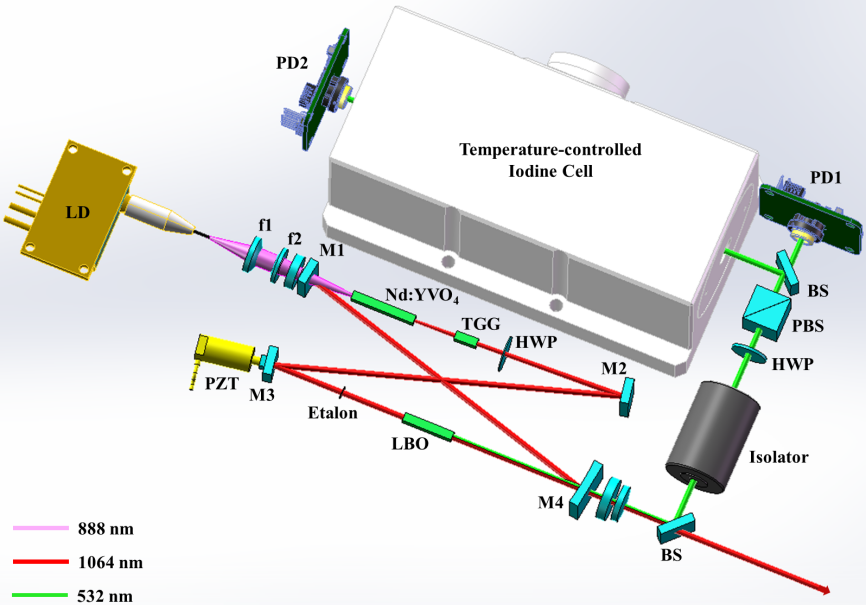2025-06-11 東京大学

温暖化の進行に伴い地球システムはこれまでとは全く違う均衡状態に落ちてしまうかもしれない。これを予測することは可能か?
<関連情報>
- https://www.t.u-tokyo.ac.jp/press/pr2025-06-11-001
- https://www.t.u-tokyo.ac.jp/hubfs/press-release/2025/0611/001/text_v2.pdf
- https://agupubs.onlinelibrary.wiley.com/doi/10.1029/2024GL113146
地球システムの内部変動に着目した気候転換の予測可能性 Predictability of Climate Tipping Focusing on Internal Variability in the Earth System
Amane Kubo, Yohei Sawada
Geophysical Research Letters Published: 10 June 2025
DOI:https://doi.org/10.1029/2024GL113146
Abstract
Despite many efforts to predict the existence and timing of climate tipping under specific climate scenarios, the practical predictability of climate tipping, the necessary conditions under which climate tipping can be predicted, has yet to be explored. Here we examine the predictability of climate tipping using an Observing System Simulation Experiment (OSSE), in which the value of observation for prediction is assessed through idealized data assimilation experiments. A simplified dynamic vegetation model and an Atlantic Meridional Overturning Circulation two-box model are used for the OSSE. We find that the ratio of internal variability to observation error, or signal-to-noise ratio, should be large enough to resolve internal variability; observations with a large signal-to-noise ratio can help improve model-based prediction of climate tipping. The simple heuristic scaling based on our results implies that existing observation networks may not be precise enough to predict climate tipping.
Key Points
- We discuss the practical predictability of climate tipping for the first time
- Precise observation with no direct records of climate tipping will help improve process-based models’ prediction of climate tipping
- Our estimation implies that observations with a high signal-to-noise ratio are effective to improve model prediction of climate tipping
Plain Language Summary
Climate tipping is a critical and irreversible change in the Earth system, which can potentially be induced by anthropogenic global warming. Climate tipping is feared to have a substantial impact on society. To mitigate this impact, it is important to know whether it will occur and, if it does, to predict it as far in advance as possible. However, precise records of climate tipping are not available, since the last climate tipping occurred before the modern era, which makes it difficult to predict climate tipping. Although many previous works used computer simulations to predict the existence and timing of climate tipping, it has yet to be clarified how observation data can contribute to these computer simulation-based assessments of climate tipping. Here we examine the predictability of climate tipping by identifying what kinds of observation data are necessary to improve the computer simulation of climate tipping. The ratio of year-to-year variability to observation error should be large enough to accurately predict climate tipping. Our results imply that existing observation networks may not be always sufficient to accurately project climate tipping.



